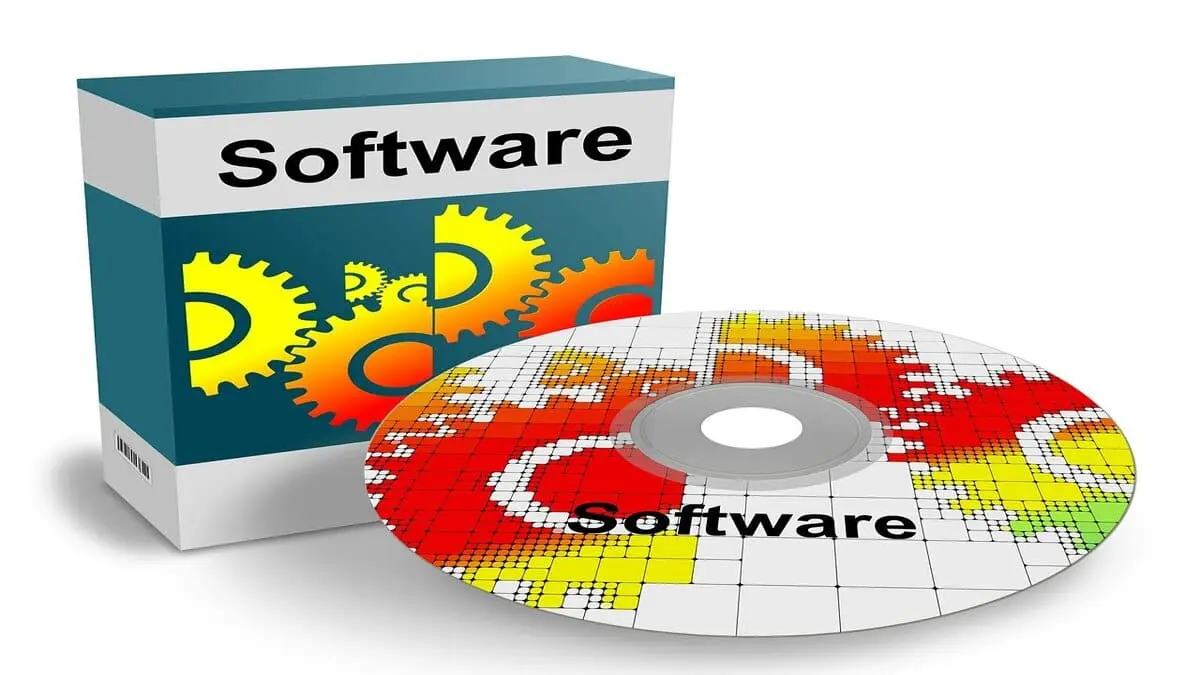In this article, we will answer and explain the following questions : Which term describes the technology that protects software from unauthorized access or modification?
A) Encryption
B) Firewall
C) Authentication
D) Digital signature
E) Antivirus
F) Software Watermarking

The term that describes the technology protecting software from unauthorized access or modification is “Software Watermarking” (Option F).
Discussion and FAQ
Software watermarking involves embedding a unique identifier or marker within the software’s code or files. This identifier is invisible to regular users but can be detected by specific algorithms or tools. Its primary purpose is to deter unauthorized access, distribution, or modification of the software. If someone tries to tamper with the software or distribute it illegally, the embedded watermark can be used to trace back to the original source, thus acting as a form of protection for the software’s intellectual property rights.
Encryption (Option A) is a method used to convert data into a form that can only be read or processed after decryption, primarily focusing on securing data during transmission or storage.
Firewall (Option B) is a network security system designed to monitor and control incoming and outgoing network traffic based on predetermined security rules.
Authentication (Option C) is the process of verifying the identity of a user or system, typically through passwords, biometrics, or security tokens.
Digital signature (Option D) is a cryptographic technique used to validate the authenticity and integrity of digital messages or documents.
Antivirus (Option E) is a software program designed to detect, prevent, and remove malicious software, such as viruses, worms, and Trojans, from a computer system.

Unauthorized access to or use of systems software or data refers to the act of gaining entry to computer systems, networks, or data repositories without proper authorization. This could involve exploiting vulnerabilities in security measures, bypassing authentication mechanisms, or using stolen credentials to access sensitive information or manipulate systems. Unauthorized access or use can lead to data breaches, loss of privacy, financial loss, and disruption of services. It is typically considered a violation of security policies, laws, and ethical norms.
What term is used to describe the technology that replaces sensitive information?
The term commonly used for technology that replaces sensitive information with nonsensitive placeholders is “tokenization.” This process involves replacing sensitive data with a unique identifier called a token, which retains no meaningful information about the original data. Tokenization is widely used in data security, particularly in payment processing and information exchange systems, to protect sensitive data such as credit card numbers or personal identification information.
What encryption algorithm uses one key?
An encryption algorithm that uses only one key for both encryption and decryption is known as a symmetric key algorithm. In symmetric key encryption, the same key is used for both encryption and decryption processes. Examples of symmetric key algorithms include Advanced Encryption Standard (AES), Data Encryption Standard (DES), and Triple DES (3DES). (Imaxshift.com)
 Imaxshift.com : Insurance, Finance, Technology & Gadget Blog
Imaxshift.com : Insurance, Finance, Technology & Gadget Blog

